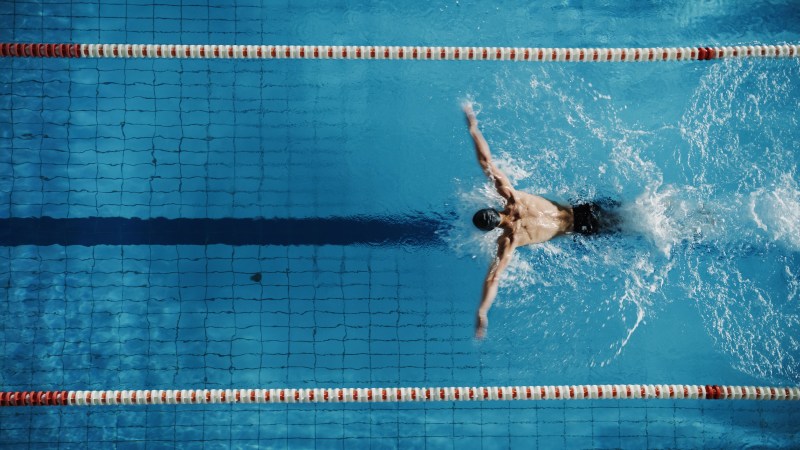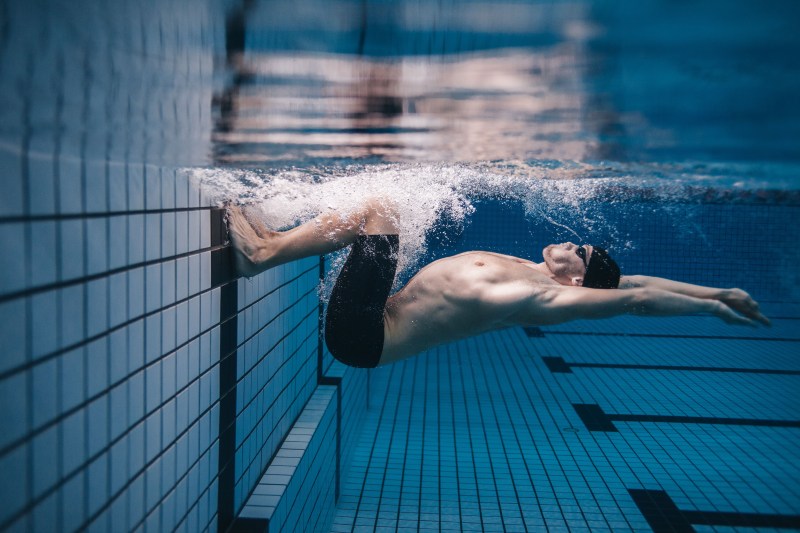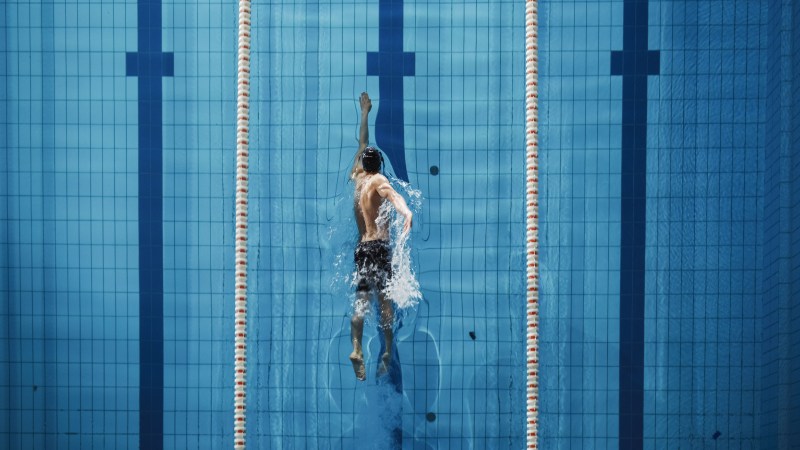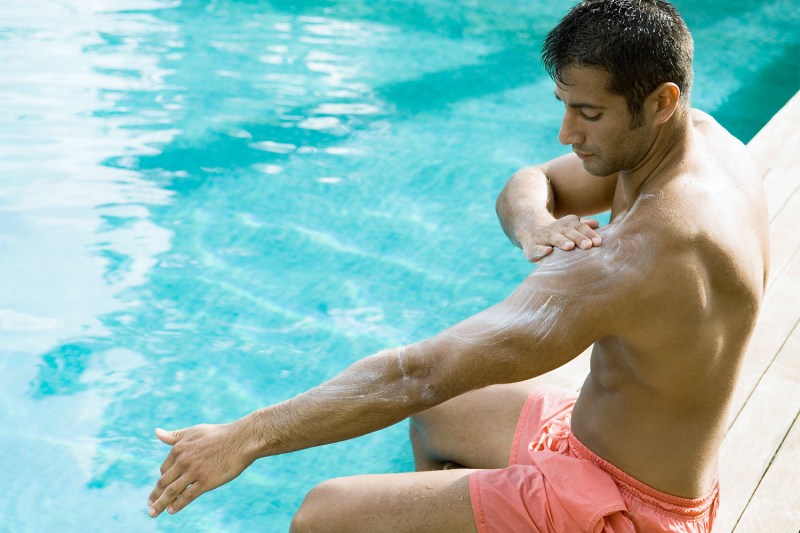
Swimming is an exhilarating activity, but did you know that it’s also one of the healthiest forms of exercise out there? Whether you’re a pro or just starting out, swimming can positively impact your overall health and well-being in a variety of different ways. From improving your cardiovascular health to reducing stress and anxiety, swimming has so much to offer.
- Swimming is high cardio with low-impact
- Improve your cardiovascular health with swimming
- Improve your lung capacity through swimming
- Swimming improves flexibility and range of motion
- Swimming improves balance and coordination
- Improve your circadian rhythm through swimming
- Swimming reduces stress
- Find fun and community through swimming
Let’s dive right into the benefits of swimming!

Swimming is high cardio with low-impact
If you’ve never dabbled in swimming before, you might be wondering, is swimming good exercise? Absolutely! It’s great for people who want to get their heart pumping while being gentle on their joints. Unlike high-impact exercise like running or weightlifting, swimming is considered to be low-impact because you don’t put nearly as much pressure on your joints. In the water, your body floats through your cardio session, which makes it a whole lot safer for those with existing injuries or chronic joint pain.
Improve your cardiovascular health with swimming
Don’t think that you’re not getting a great workout just because you’re giving your joints a break. In fact, swimming is a high-cardio activity! That’s because it engages multiple large muscle groups simultaneously, including the legs, arms, back, and core.
When you swim, your body has to work harder to move through the water, which can help increase your heart rate and improve blood circulation. This, in turn, helps to strengthen your heart over time, lower your blood pressure, and even reduce the risk of heart disease. Once you get going, it’s easy to get your heart rate up. Then, as you practice regularly, you can improve your overall cardiovascular endurance.

Improve your lung capacity through swimming
Since you don’t have gills, swimming requires the use of controlled breathing techniques. Running often uses similar strategies, but with running, you don’t get a lungful of water when you do it wrong. Swimmers tend to breathe in more deeply and consistently, which increases the amount of oxygen in the bloodstream. This can have a positive impact on respiratory function, which is why it’s an ideal exercise for those with respiratory conditions such as asthma.

Swimming improves flexibility and range of motion
Swimming can also help improve flexibility, especially in the joints, which can help reduce the risk of injury and improve overall mobility. As you swim, the water provides a gentle resistance to your body. This helps to stretch and strengthen your muscles, which improves your overall range of motion.
While it does help improve flexibility, don’t skip your stretching session! Swimming isn’t a replacement for proper stretching because they use different kinds of movement. Stretching involves holding static positions specifically for flexibility, while swimming involves repetitive movements. It’s more accurate to say that swimming and stretching are complementary.

Swimming improves balance and coordination
If you have a clumsy streak, you might be struggling with proprioception, or sensory processing, which is the body’s sense of where it is in any given space. People who struggle with proprioception often find themselves dropping things, bumping into things, or just straight up tripping over air. If that sounds like you, swimming could actually help!
For one thing, you don’t have to worry about dropping a 5-pound weight on your toes or randomly twisting your ankle. Over time, swimming can help improve proprioception by challenging the body to maintain balance and control in the water, which can help improve the body’s awareness of its position and movements.

Improve your circadian rhythm through swimming
Regular exercise has shown to positively affect your circadian rhythm, and swimming is no exception! Plus, swimming can really tire out your body in a good way, making it easier to fall asleep and stay asleep throughout the night. If you’re looking for a natural way to improve your sleep quality, consider adding swimming to your exercise routine. Your body and mind will thank you for it.

Swimming reduces stress
Swimming can be a relaxing and meditative activity that can help reduce stress and anxiety. Once you start, you might find yourself enjoying it as a way to decompress after a long day. The sensation of floating and the calming sound of water can be incredibly soothing and meditative, helping to reduce stress and anxiety that might be keeping you awake at night.

Find fun and community through swimming
Swimming is an amazing exercise that can be both challenging and rewarding. As you refine your strokes and build endurance, the sense of accomplishment and satisfaction can be truly incredible. Whether you’re just starting out or you’re a pro, there’s always room to improve and progress.
Swimming is an excellent form of exercise with numerous health benefits, such as improved cardiovascular health, flexibility, and better sleep quality. It’s an activity that can be enjoyed by individuals of all ages and fitness levels, making it an inclusive and social form of exercise. With its low-impact nature and high-cardio benefits, swimming is a great option for those who want to stay active while being gentle on their joints and muscles. If you’re looking for a fun and challenging way to improve your overall health and well-being, consider adding swimming to your fitness routine.
Editors' Recommendations
- These beach body workout tips from a pro will help you get in shirtless shape fast
- Learn the best stationary bike workouts for every fitness level (from beginner to advanced)
- Everything you need to know about the low FODMAP Diet
- These are the benefits of beets (the ultimate natural pre-workout boost)
- 11 benefits of squats that will improve your overall fitness





